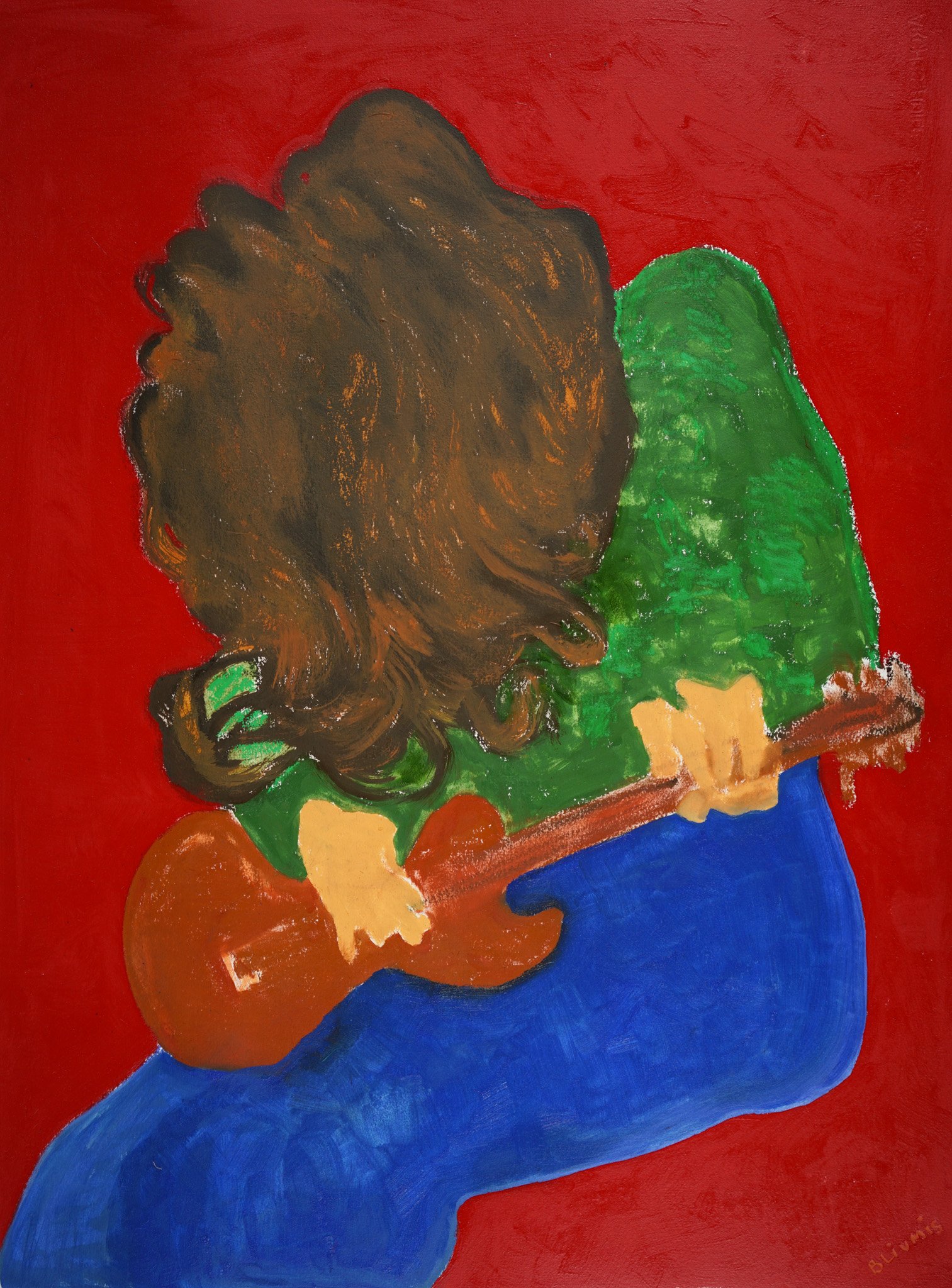Ear In Ear Out





























Ear in / Ear out captures the mood of day-to-day encounters in public space, drawn from the artist’s daily life. Jeff Bliumis positions himself as a perennial outsider, constantly seeking glimpses of insight into the lives and experiences of self-contained strangers and friends. He discovers his subjects on the move, rendering instances of distanced human contact with abrupt and impressionistic sketches in real-time. He fills sketchbook after sketchbook with thoughtful, geometric slices of human life. Moving through the world with sunglasses to conceal his gaze, Bliumis never depicts people posed; his works always capture them in medias res, unawares, in the living process of life.
Bliumis then enters his studio to reflect on the moments and impressions that he has captured and represents the fleeting moments that stay with him. The sketched and candid outlines make their way onto canvases that Blumis fills with color, detail, and new life. Each painting depicts an individual whom Bliumis noticed and rendered with his eye for both the intimacy and alienation of human experience.
With sensitivity and perceptiveness, the artist remains attuned to how simple gestures, postures, and styles project and reveal implicit affective messages. The oversized paintings of individuals hiding behind their hair evoke the familiar yet often unconscious inner conflict between visibility and invisibility. When both states of being seem alternately impossible and desirable, a paralyzing paradox takes shape. Bliumis renders people in public caught in the limbo between these outward and inward feelings. His loose term for this subset of paintings, Ear in / Ear out, suggests the small signs we use to adjust our vulnerability to the world of others, when neither a committed approach nor a full retreat can quite answer our needs.
Twelve of these works have recently shown in Reykjavik, among them the more abstract and enigmatic pieces in the Ear in / Ear out series. Through illusions conveyed by texture and pigment, Bliumis distills the flavor of the work in minimal facial features and subtle gestures. In “Busik,” for example, a viewer faces the black-clad back of a person whose brown hair conceals all but their pink, exposed ear from sight. In “Minor,” a woman’s pink-manicured left hand claws around the right of her ribcage. It is the sole visible piece of flesh, as her green-sweatered back and long orange hair shield the rest of her from view. “Broken Heart” reduces the human form to a fragmented red shape balanced on a mass of blue. The contrast evokes the desperation and simplicity of grief.
The collection’s title calls one’s attention to the banal detail of the ear: Does it hide behind a shelf of hair, or peek out to the world? What—and how—does it constantly perceive? Like ears transmitting audio stimuli for the brain to parse and interpret, Bliumis’s paintings call on us to translate body language into an empathetic connection with an (unknown) subject. In this detail, the artist locates a rewarding and enriching quest for commonality with others. The works evoke the state of sonder: “The profound feeling of realizing that everyone, including strangers passing in the street, has a life as complex as one’s own.”